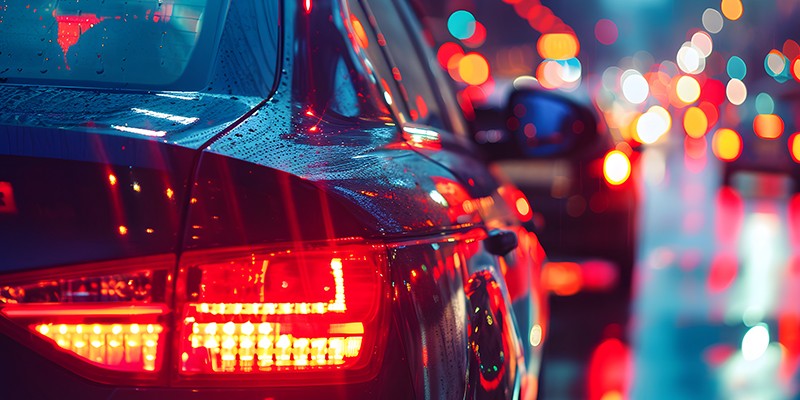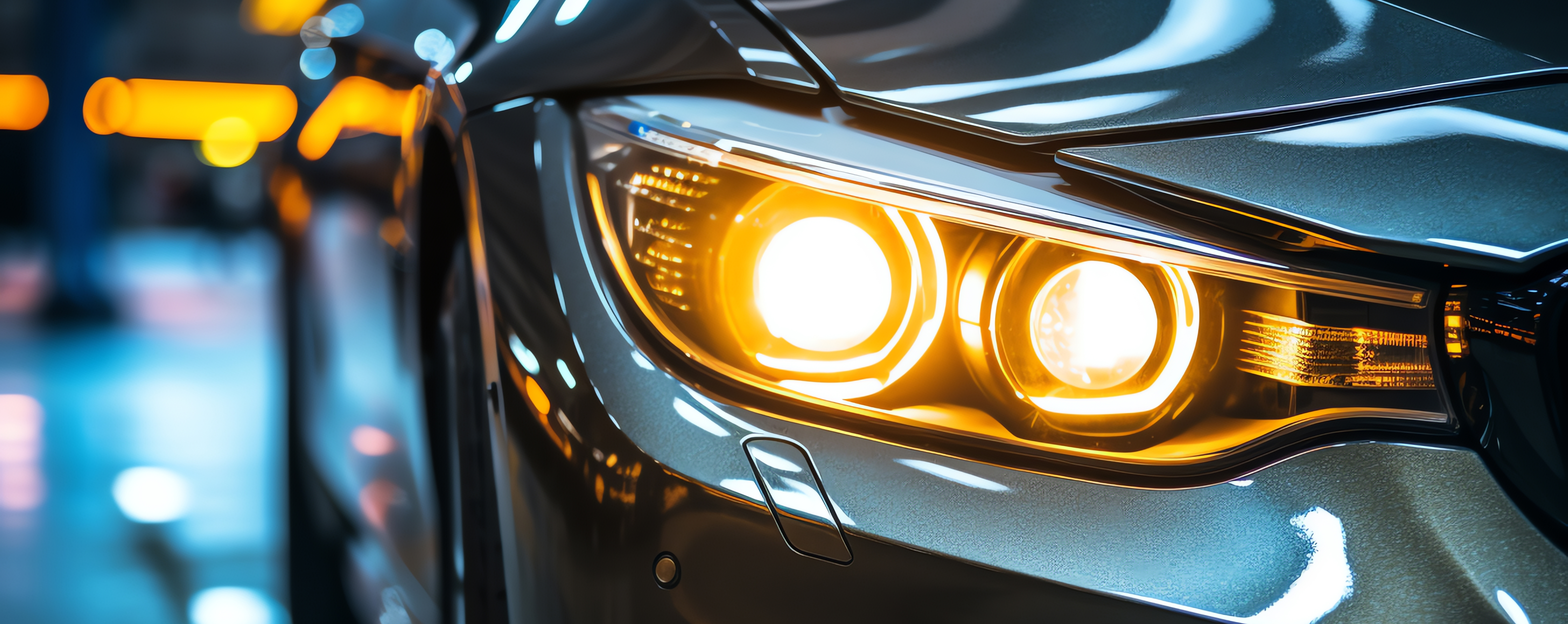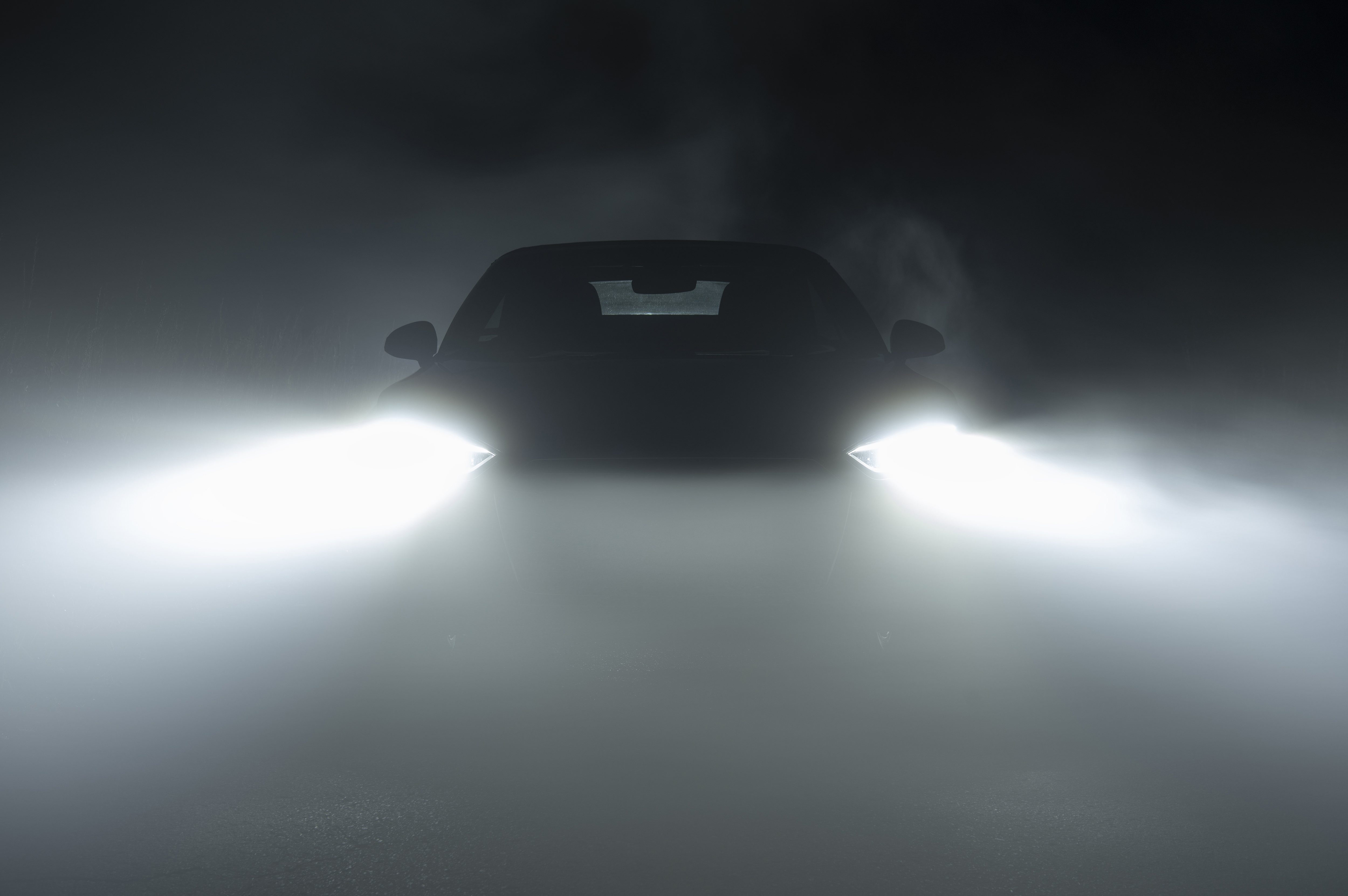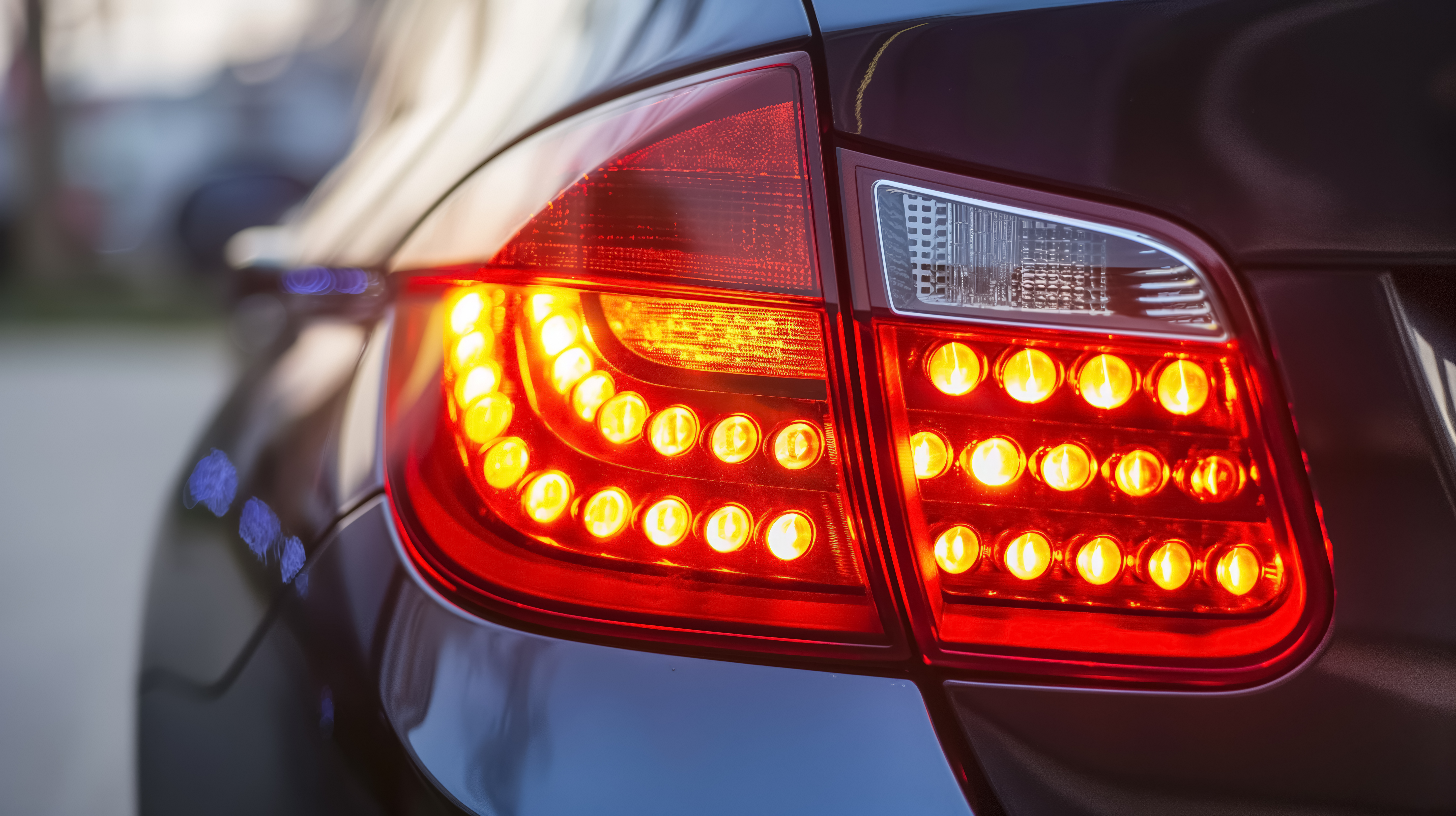Car Lights Explained and When to Use Them
Car Lights Explained and When to Use Them

Whether you're an experienced driver or new to the roads, understanding when and how to use your vehicle’s lights is essential for safe driving. Let’s be honest... have you ever used your fog lights? Would you even know where to find them if you wanted to? Here, we shine a light on the different types of car lights and their correct uses.
Types of Car Lights and Their Uses
Headlights (Low Beam and High Beam)
Low Beam/Dipped Headlights
These are your standard headlights for nighttime driving. These are brighter than sidelights but not as bright as your full beams, allowing you to illuminate the road ahead without blinding oncoming traffic.
They get the name ‘Dipped Headlights’ because they are angled downwards, towards the road.
A lot of cars have automatic dipped headlights, meaning they will turn on automatically when it gets dark outside. However, there will still be an option to turn them on and off manually.

High/Full Beam Headlights
That’s right, your high beams are the brightest set of car lights available on your car. Why are they called high/full beam headlights? Well as you’ve probably guessed, they are angled higher than your dipped headlights.
These are commonly used to ‘flash’ oncoming road users, to indicate that you can go, however the issue here is that you only have their word that you can go. There may be other vehicles you haven’t seen, so it’s best to ignore the tempting flash and proceed as you normally would.
Similarly to the horn, you should only flash your lights to warn other road users of your presence.
Taillights
These are located at the back of your car and are red. They will turn on at the same time as your headlights. So, whether your headlights are switched on automatically or manually, your taillights will also activate.
Daytime Running Lights (DRLs)
Most drivers know about their cars headlights (hopefully), however something you may not be as familiar with is the term ‘daytime running lights’. These ‘driving lights’ have been mandatory on all cars produced since 2011.
DRLs are often thought to refer to your front and rear lights however they only actually operate lights at the front of your vehicle. As soon as it starts to get dark you should switch to your regular dipped headlights in combination with your sidelights.
Sidelights
Also known as parking lights, sidelights are less bright and are located in the front headlight unit in the corners. They are generally used to make you more visible to other drivers when its not dark enough for your headlights.
As stated in the highway code, you must put on parking lights when parked on a road (or lay-by) with a speed limit that's above 30mph. They are designed to be left on for long periods of time, so they shouldn’t drain your battery.
If the road has a speed limit of 30mph or less, you don’t need to use your sidelights, as long as:
- your spot is a recognised parking bay or lay-by, or
- you’re facing in the direction of the traffic flow, close to the kerb, and at least 10 metres from the nearest junction
Sidelights must also be switched on if your vehicle, for unavoidable reasons, is parked on any road in fog.
Fog Lights

Fog lights are designed to cut through fog and mist, unlike full beam lights that are reflected by fog. All cars will have rear fog lights, and some will also have front fog lights, there should be a button for the operation of each.
Obviously, you should use your fog lights when its foggy, but did you know that it’s advised to turn them on when you cant see further than 100 metres ahead. Not only will they help you see the road more clearly, but it will also let others see you. Once visibility has cleared you should turn them off.
Indicators
We’re hoping you’ve heard of these. Indicators do exactly what they say, they indicate to other drivers which way you are trying to go. You can activate them by flicking the talk on your steering wheel up or down. Your indicators are visible on all four corners of your car and should automatically turn off once your wheels straighten up after making a turn.
Hazard Lights

Hazard lights can be seen at all corners of your car, similar to your indicators. These blinking amber lights are used to warn other drivers of danger or obstructions in the road.
You should only use your hazard lights if your car is stationary and causing an obstruction, like when you’ve been in an accident, broken down or been forced to stop.
Hazard lights can also be used on a motorway if there is an obstruction coming up ahead that you need to warn other road users of.
Brake Lights
Located at the rear, right by your taillights, these red lights illuminate when you apply the brakes and alert drivers behind you that you are slowing down or coming to a stop.

You should make sure they’re always clean and working. Aside from the safety risks involved, a faulty brake light can get you pulled over by the police and given:
- A verbal warning
- A fixed penalty notice – including a £60 fine and three points on your licence
- A Vehicle Defect Rectification Notice – 14-day order to fix the fault and provide proof of the fix
In some serious cases your car could even be taken off the road immediately!
Emergency brake lights can also be activated to alert vehicles behind you when braking heavily. In normal braking, the brake lights shine with a constant glow. Emergency brake lights will flash.
Reversing Lights
These white lights turn on automatically when you engage the reverse gear, indicating to other road users that you are moving backwards. If there are any vehicles or pedestrians nearby, its always best to wait for them to move before continuing.
Number Plate Lights
Also known as registration plate lights, your rear number plate has a small light which illuminate the number plate. If this light fails, then your car won’t pass its MOT so its important to keep an eye on it.
So, there you have it, we hope this guide has helped clear up any confusion and you feel more prepared for your next journey! For more motoring tips and advice, head over to the Fleet UK Blog.
